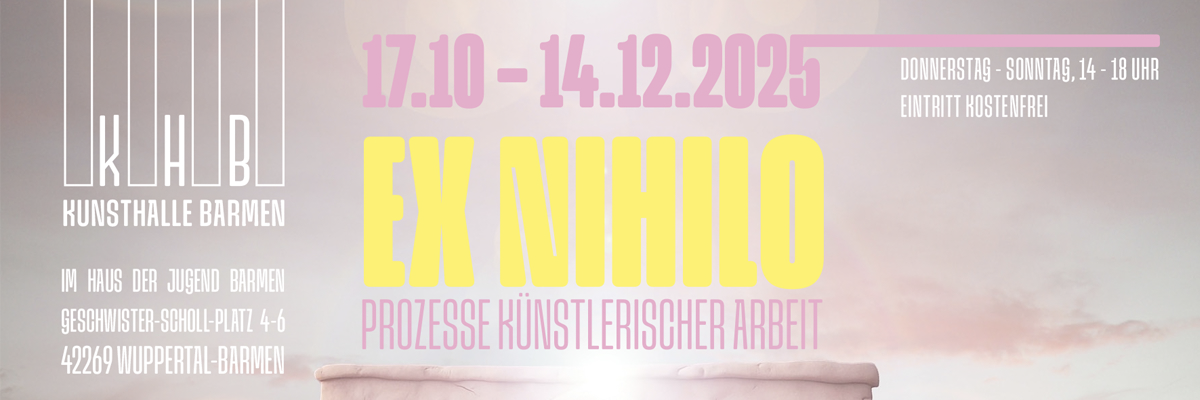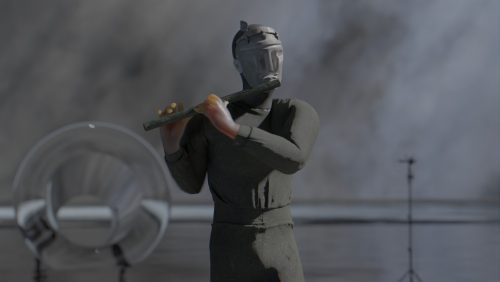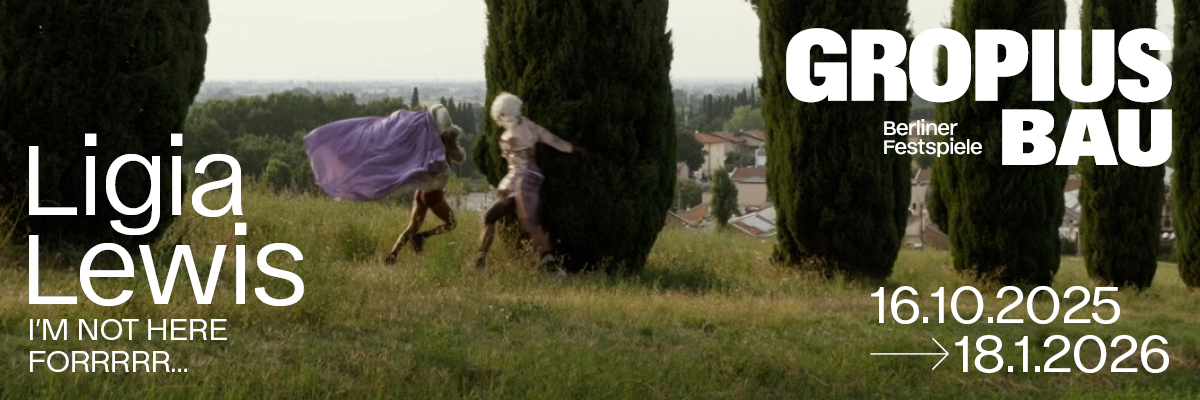
Caroline Schattling Villeval
StéréoMimicry
Project Info
- 💙 Société des Arts
- 💚 Séverine Fromaigeat
- 🖤 Caroline Schattling Villeval
- 💜 Ingrid Luquet-Gad
- 💛 Greg Clément
Share on
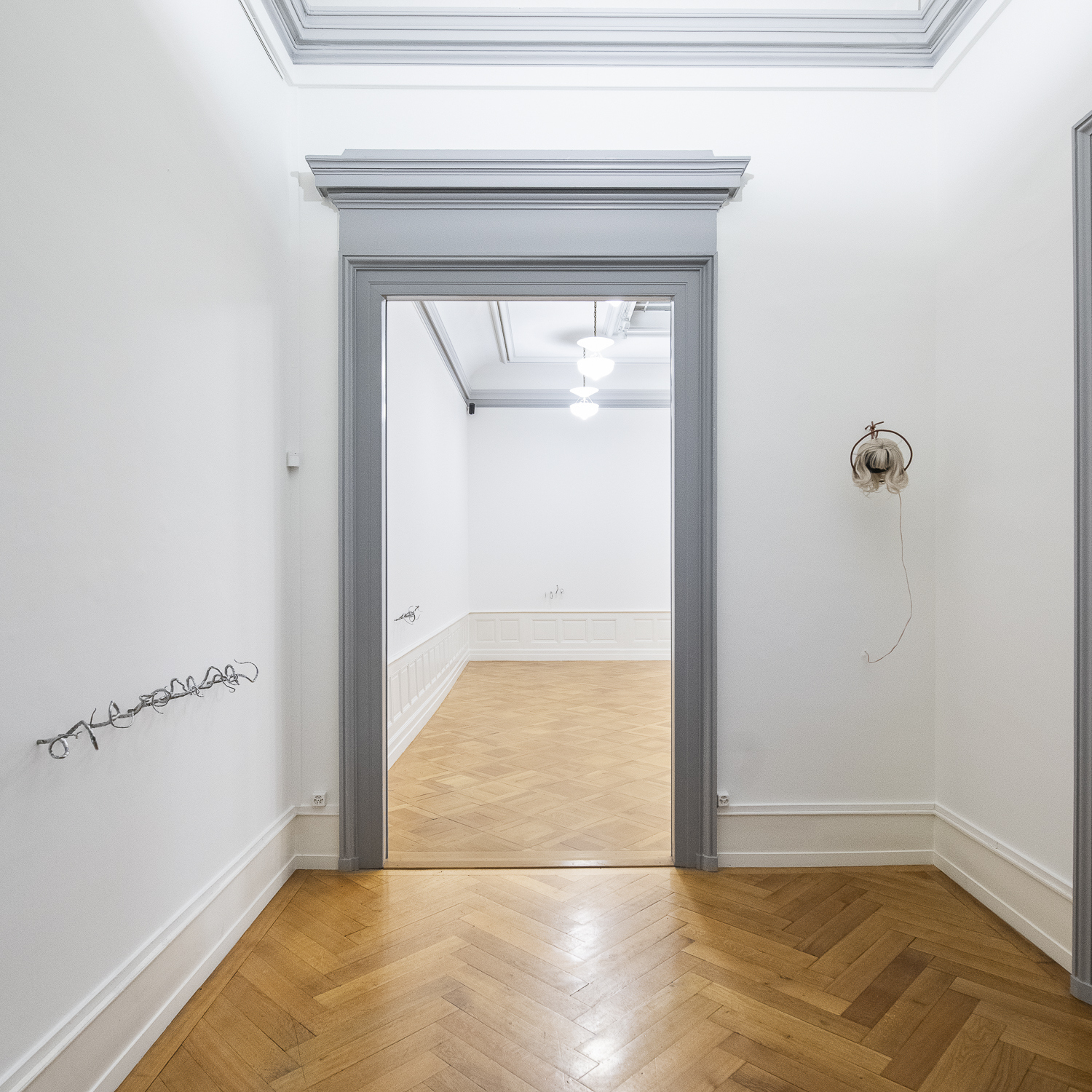
Advertisement
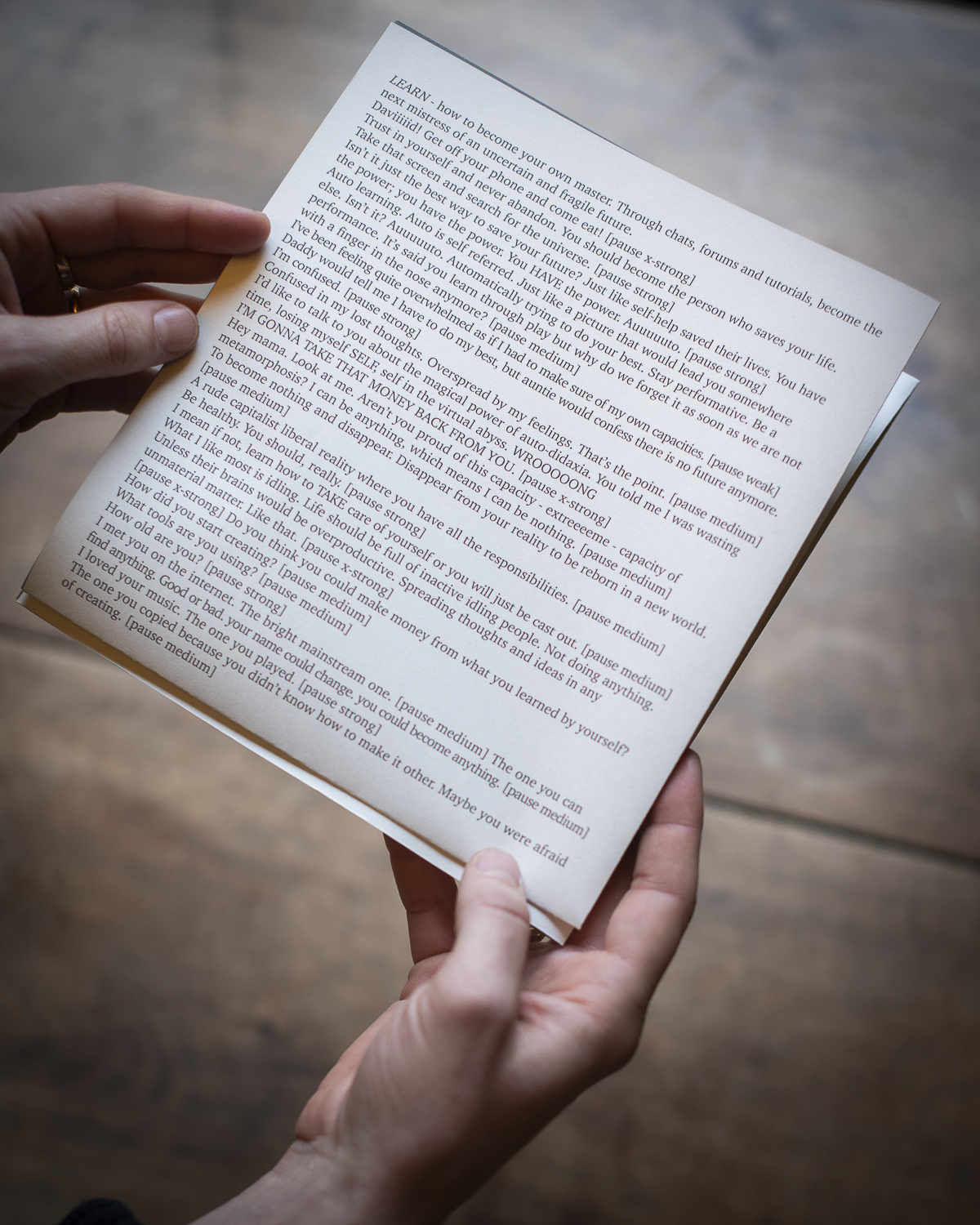
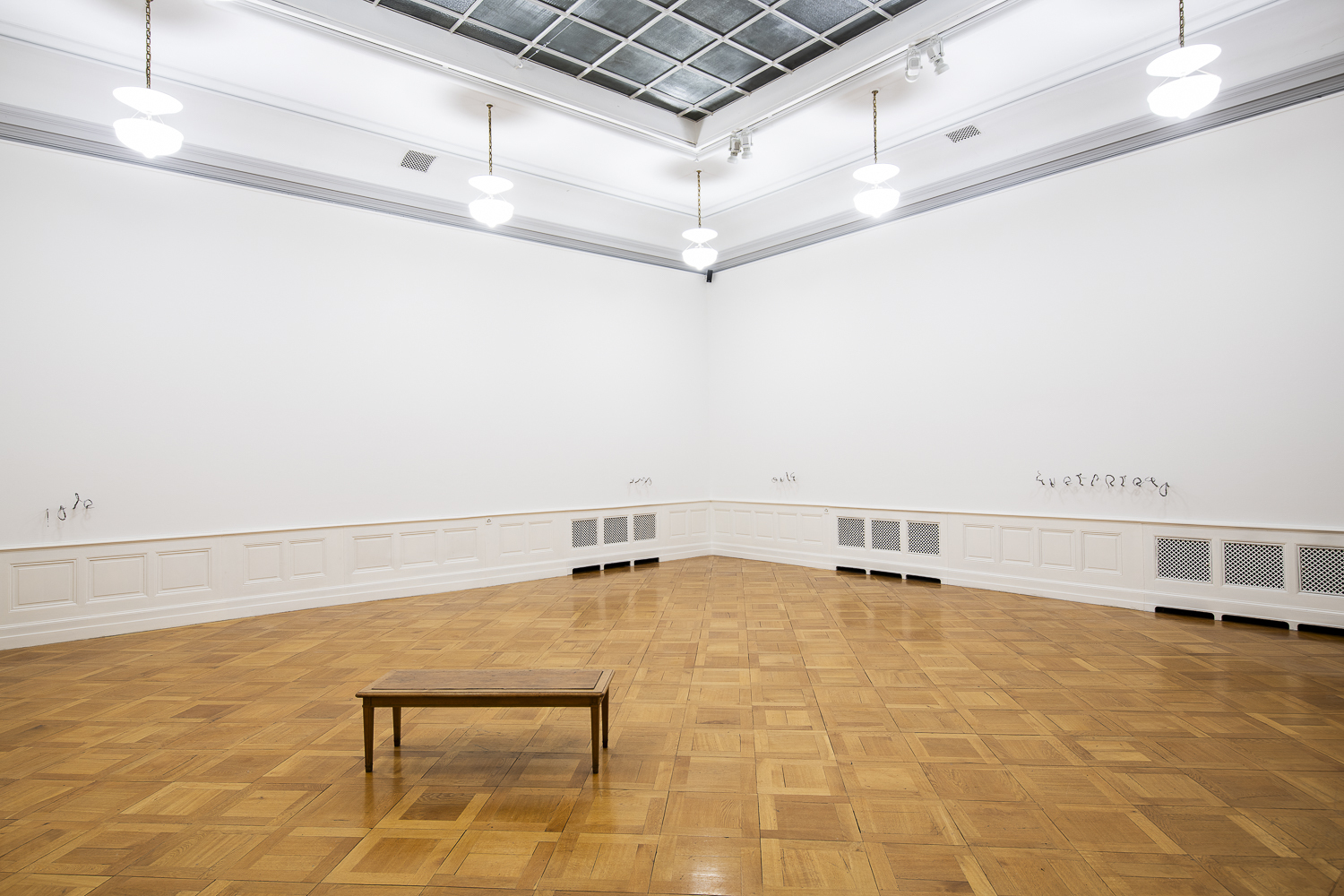
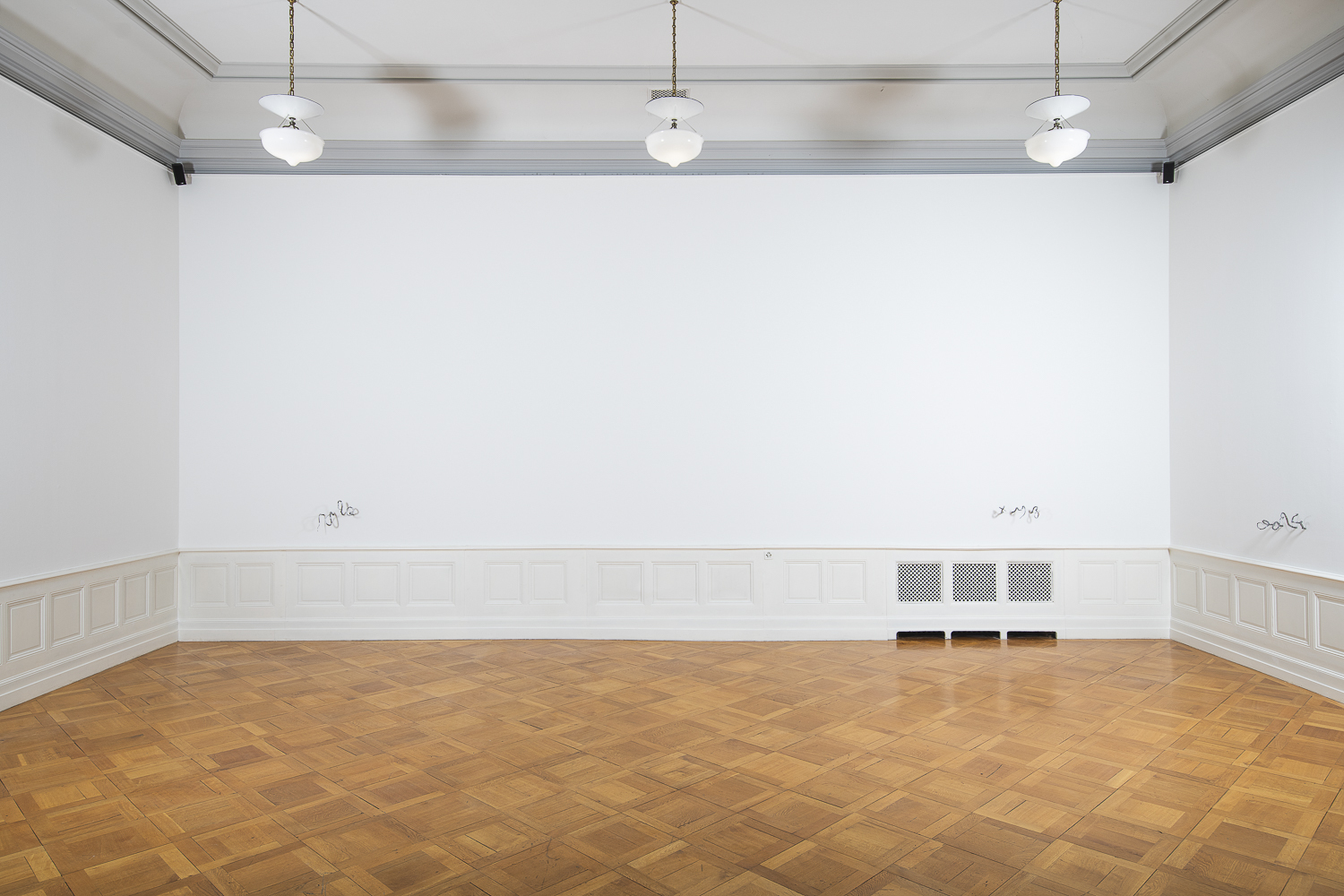
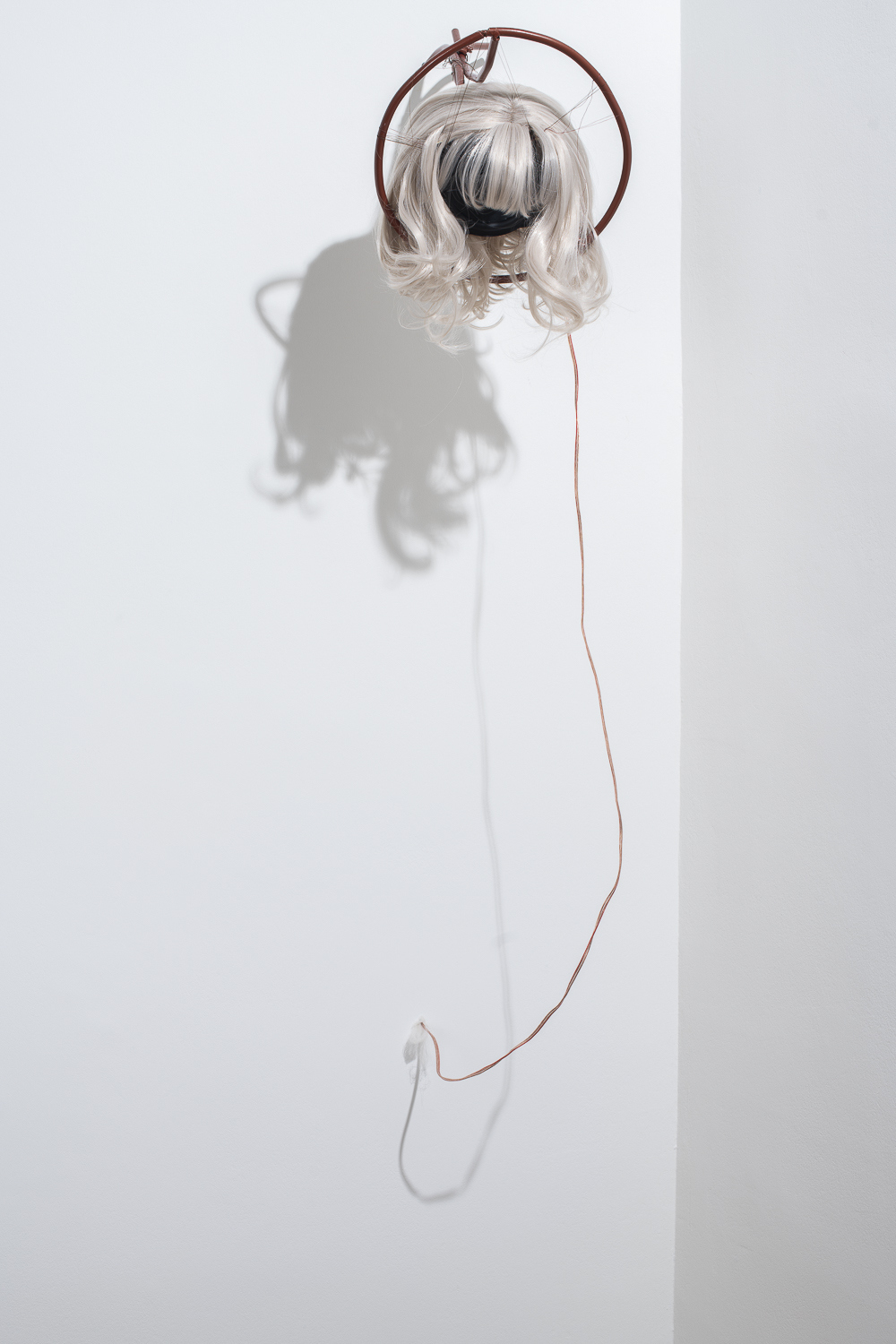
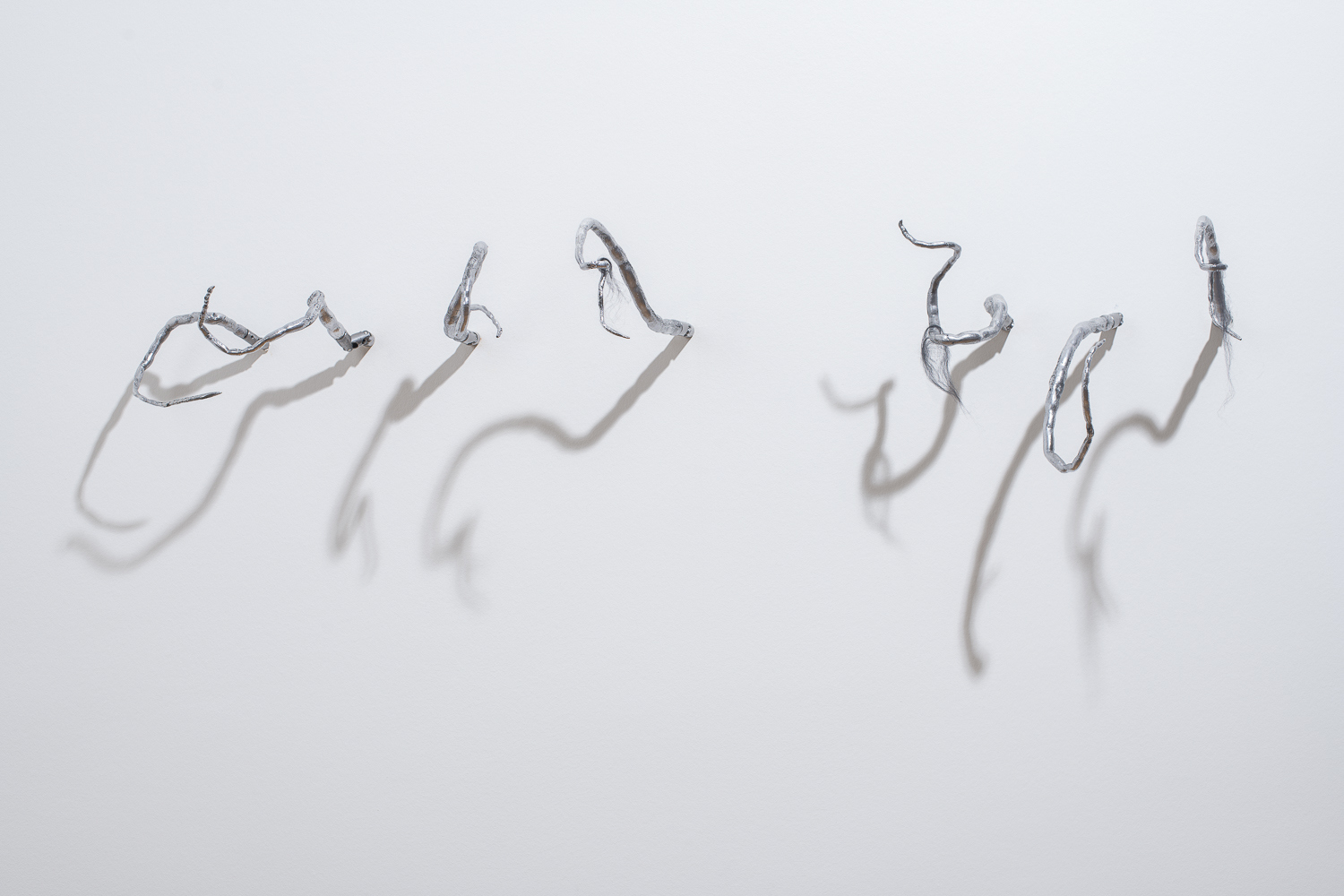
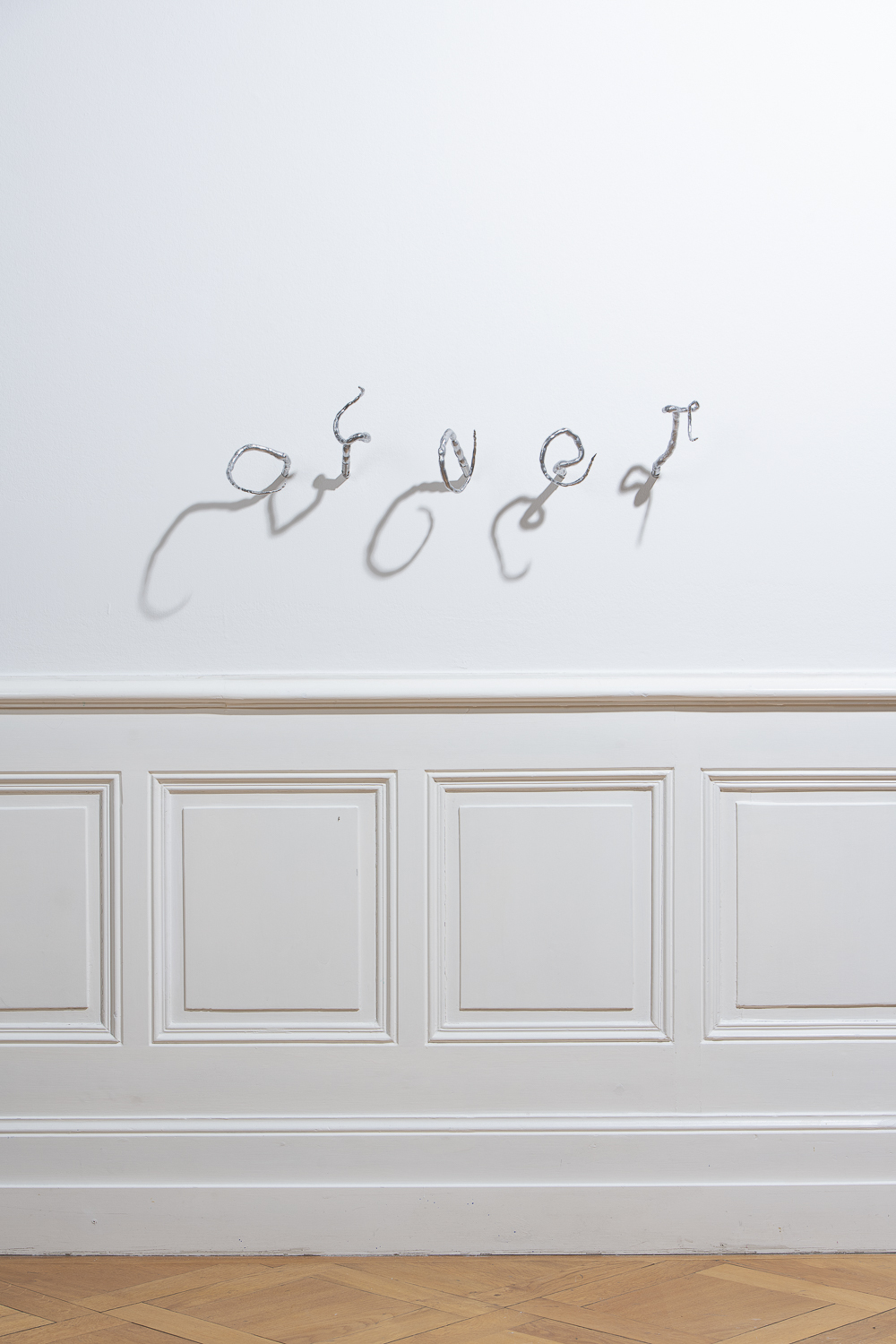
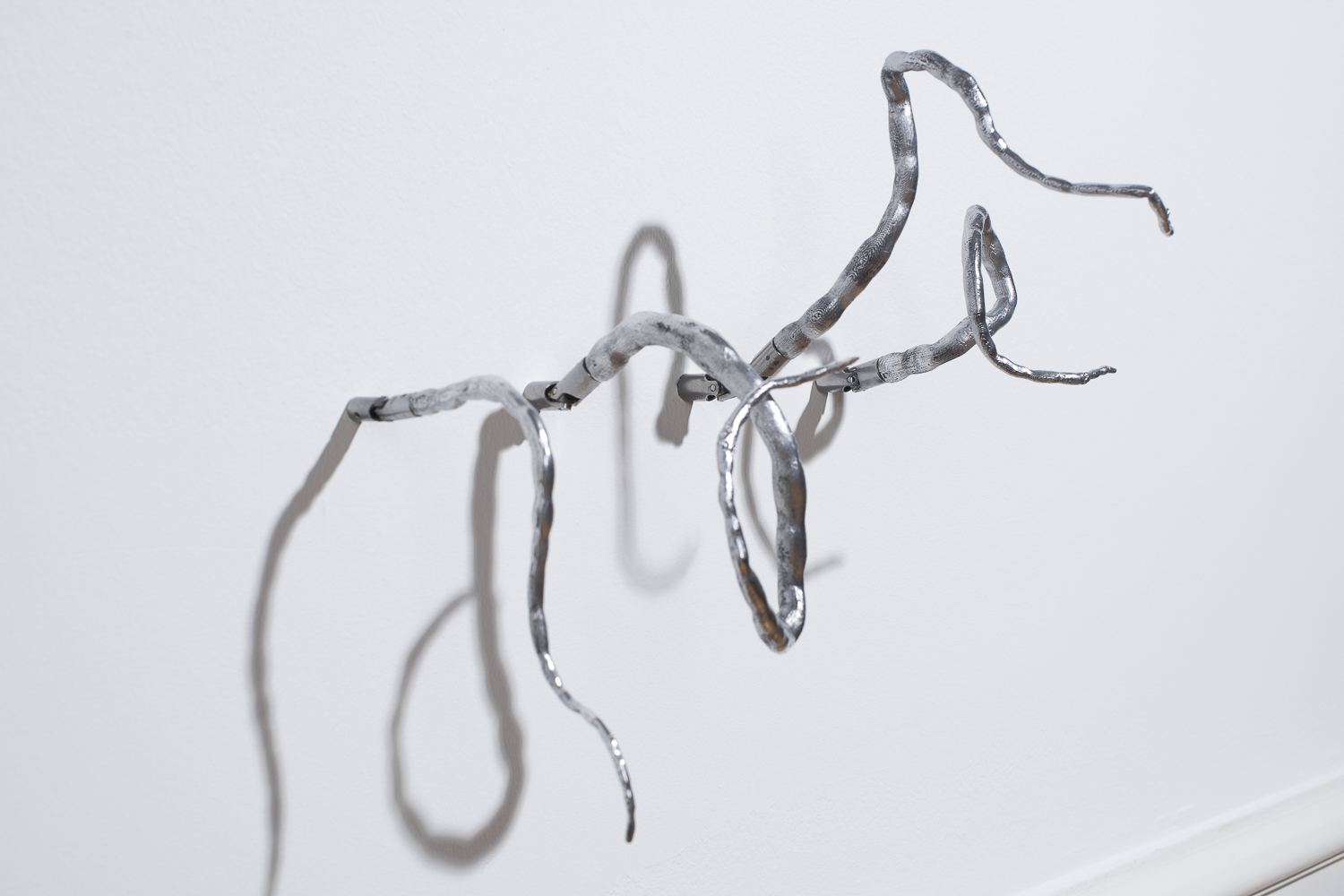
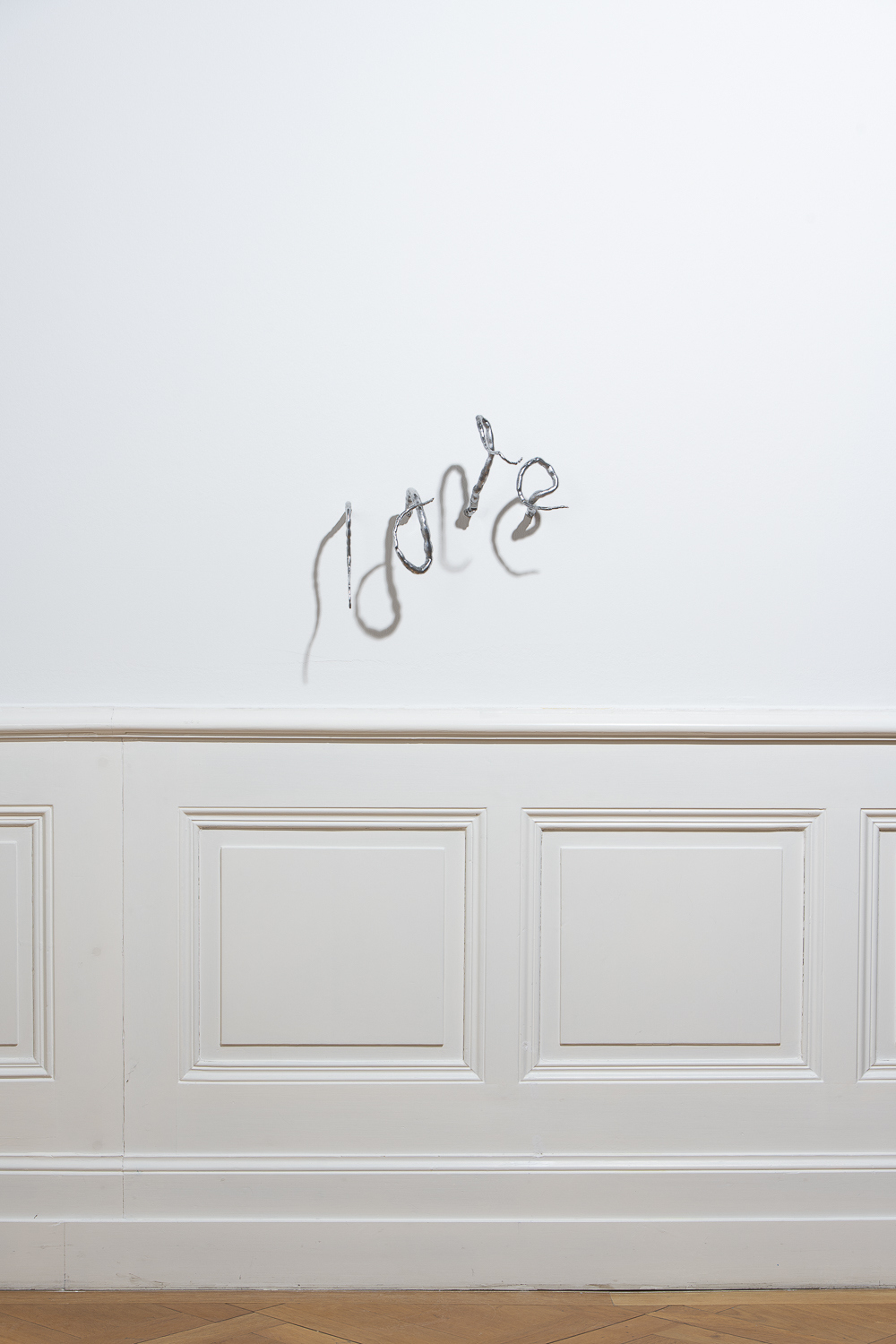
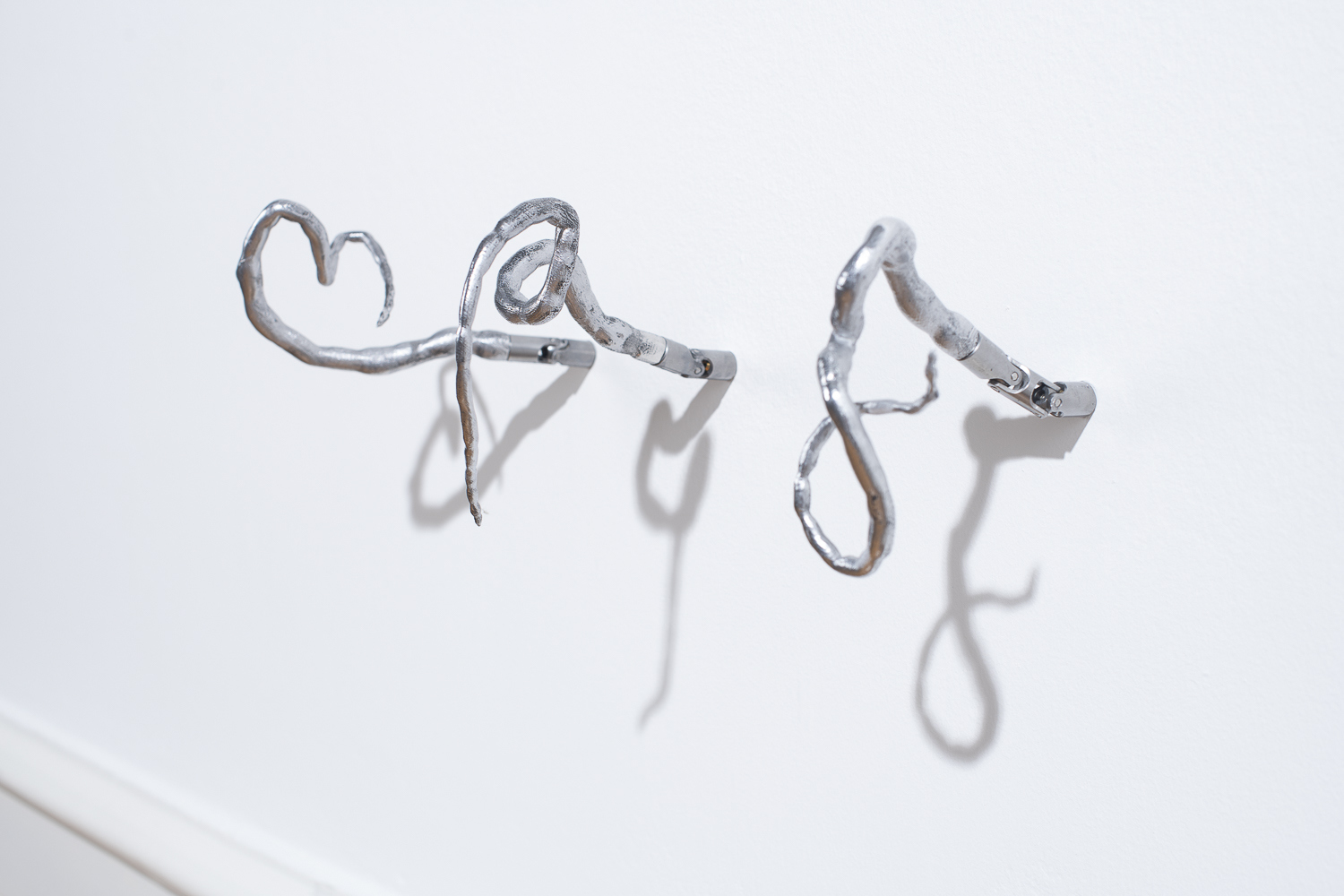
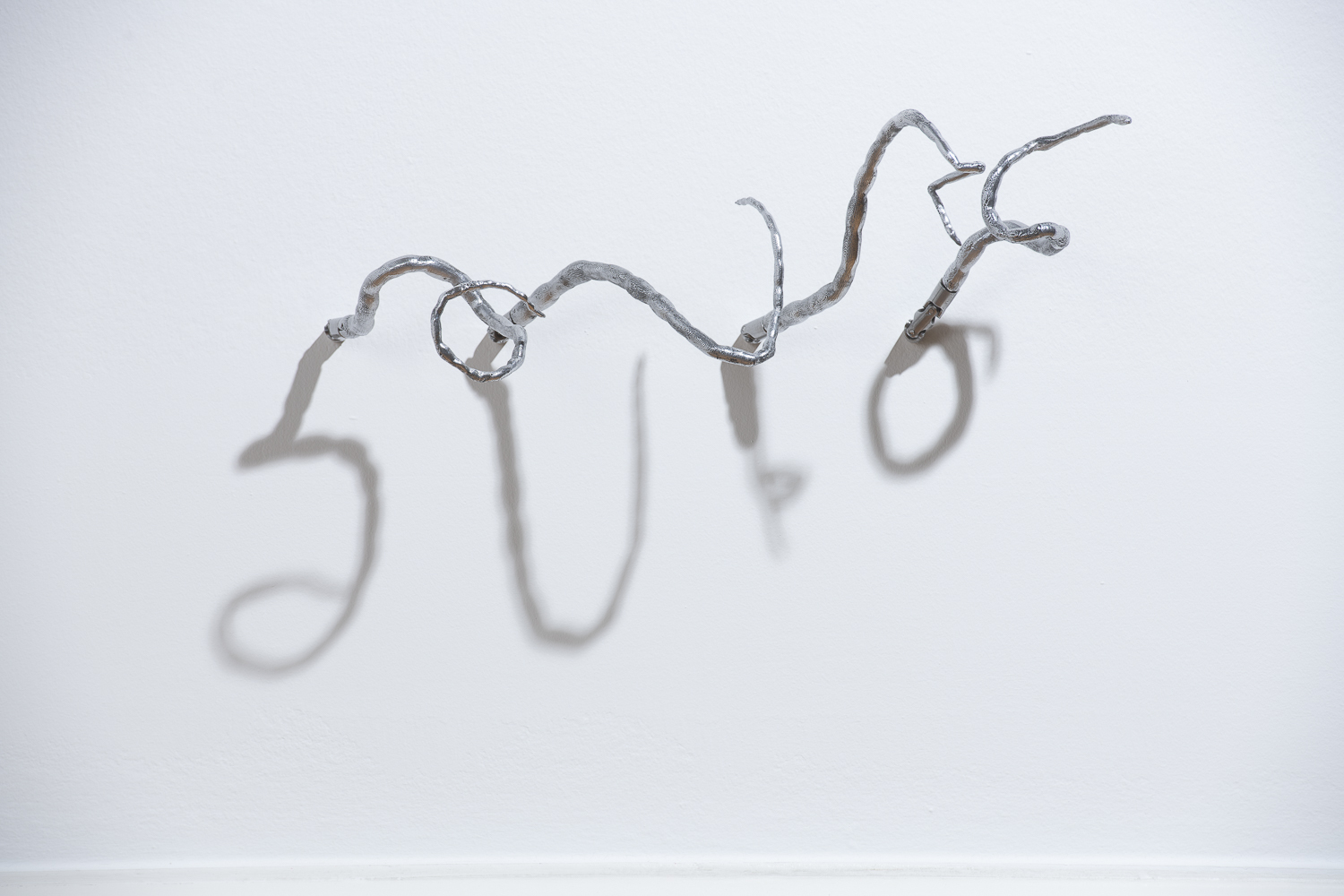
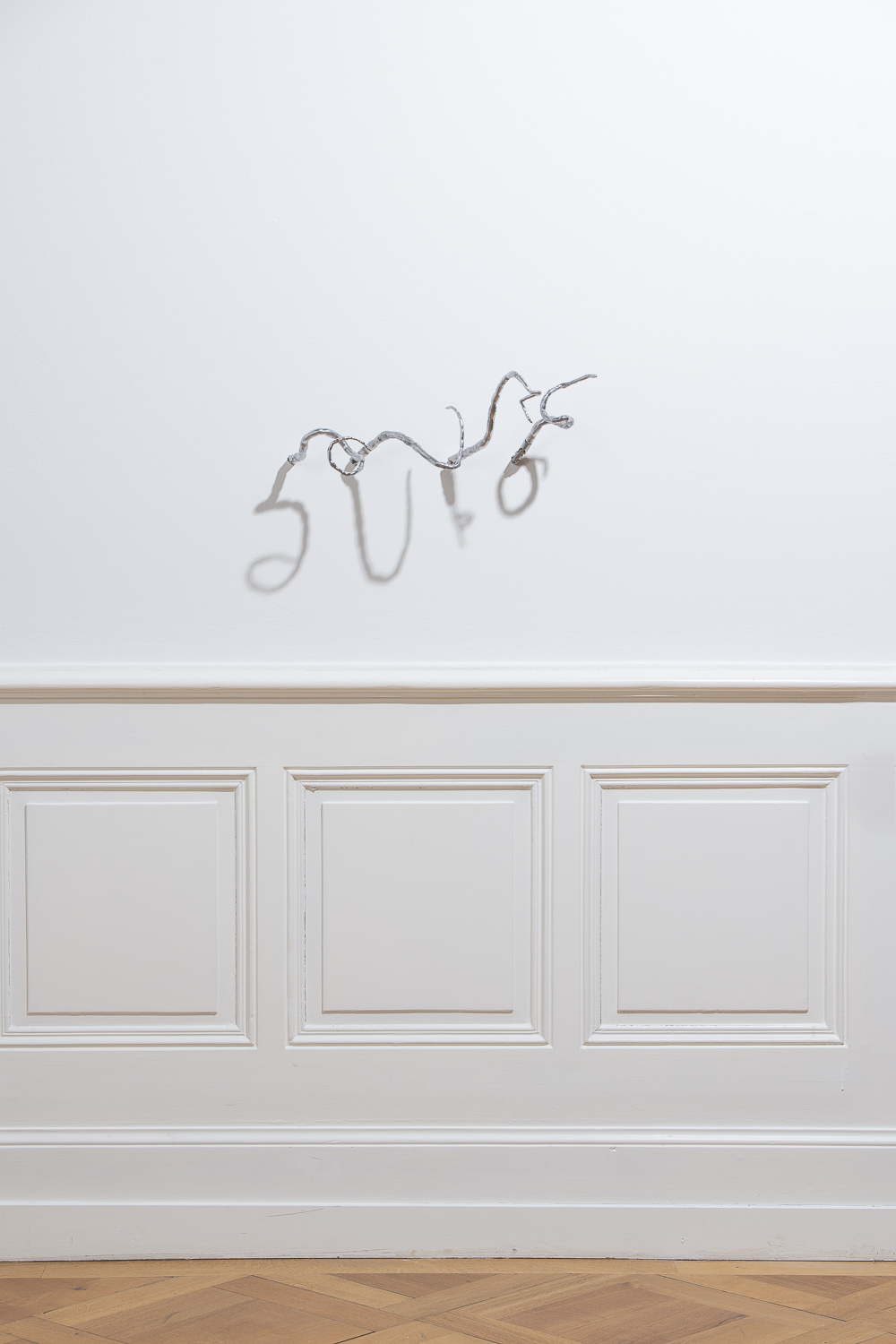
The Fables of Self-Teaching by Caroline Schattling Villeval
Some will only see the fire. Or more precisely: just rat tails. Since time immemorial, the rodent, which never moves alone but always in a pack, is a bad omen. This serpentine multitude symbolizes fears of invasion and contamination. However, everything depends on who is speaking, and especially from where. By turning the symbol around, the rat also embodies the promise of a popular mutiny, of an alternative collective organism ready to emerge from the interstices of majority power. When Caroline Schattling Villeval lets her cast iron rat tails peek out from the wall (I want more fairy tails fairy tails, 2023), their arrangement is not random: it's a matter of symbolic perspective. To those who abandon the bird's-eye view to look them in the face, they will reveal something else: together, they spell out words. They are almost already slogans: "overwhelmed," "auto," "cover," or "overspread." Michel de Certeau, attentive to the "tactics" of everyday life, will in turn examine language practices without authorship, unpredictable and partly unreadable, which nevertheless bear the trace "of desires that are neither determined nor captured by the systems in which they develop"1.
The installation2 gives form to several key concerns of the artist. The symbolism of the ordinary animal refers to the concerns of amateurs rather than authors, users3 rather than spectators. This change of focus has often been evoked as the ideology of Web 2.0, a period of knowledge sharing and the horizontalization of power networks – an effective possibility brought about by blogs, wikis, and other forums. For Matteo Pasquinelli, "the collective imagination gathered in the undergrounds of the internet more precisely resembles the extension of an animal body than a rational mind"4. In this regard, it would be possible to enumerate a whole recent cartoonish bestiary: Ed Fornieles' fox, Amalia Ulman's pigeon, Meriem Bennani's crocodile, and more broadly, animality in the works of Jordan Wolfson or Hannah Black & Juliana Huxtable. Within this trend of artists, the under perspective of the animal (or the vegetable, like Dena Yago's sarcastic orchid vaping) also allows the expression of a whole range of bittersweet affects often repressed in a performance society: cunning and grumbling, as much as jaded and melancholic.
In Caroline Schattling Villeval's work, knowledge sharing dates back to the feminist self-help movements of the 1970s. When she represents an animated leafy plant observing itself in a mirror (No, no no healthy trust, 2022), the politics of users becomes more specific to embody a broader awareness of the clinic – in the Foucauldian sense, certainly, updated today by the possibilities of self-tracking and "quantified self" analyzed by Btihaj Ajana5. Throughout her exploration of anti-hegemonic collective practices, the artist, through her corpus of works with corrosive humor, presents a panorama of their incarnations in the 2020s. For her exhibition StéréoMimicry at the Salle Crosnier in Geneva, the artist also broadcasts two pieces she discovered on the internet. Titled Miserable and Into the Future, they were produced by the 14-year-old YouTuber Phxnk Addxct, who taught himself using platform tutorials – an embodiment of creativity close to makers and specific to the Generation Z that grew up in the erosion of social systems. A generated voice introduces and comments on them in the second person6, before singing the praises of digital self-teaching.
The artist's exhibitions, mixing installation, sculpture, video, text, and sound, often play on their untranslatability. To this end, she, who claims to want to "contaminate space with ideas," uses all the resources offered by IRL perception: perspective, movement, and hearing. It's a tactic of anti-capture, a way of not letting oneself be reduced or frozen; neither to the official exhibition view, nor to the unofficial image posted on networks. Because contamination – we come back to it – requires staying in motion, it is not escape but fundamentally fugitivity: the under view, sometimes also called "frog's perspective" [Froschperspektive]7, thus finds another topological figure in the "fugitive planning"8 of Stefano Harney and Fred Moten. Capitalism racial for them, patriarchal and health capitalism for Caroline Schattling Villeval: the paths of disidentification will be collective and autonomous, creative, and serpentine.
1 Michel de Certeau, The Practice of Everyday Life, Vol. 1: Arts of Doing, 1990, p. XLV.
2 An earlier version of the installation was presented in 2022 at the Kiefer Hablitzel Prize, Art Basel in Basel, Switzerland.
3 For a discussion of the term in the context of artistic practices, see: Stephen Wright, Toward a Lexicon of Usership, 2013.
4 Matteo Pasquinelli, Animal Spirits: A Bestiary of the Commons, Rotterdam: Netherlands, NAi Publishers, 2008, p. 158 [author's translation].
5 See: Btihaj Ajana (ed.), Self-Tracking. Empirical and Philosophical Investigations, 2018.
6 According to Wendy Hui Kyong Chun, the pronoun "You" is also characteristic of the enunciation of Web 2.0. See: Updating to Remain the Same: Habitual New Media, 2016.
7 The artist also presents a second solo exhibition, Carences et toute-puissance, with the video When a frog meets a dog, from January 18 to March 1, 2024, at the Centre d'Édition Contemporaine in Geneva, Switzerland.
8 Stefano Harney and Fred Moten, The Undercommons: Fugitive Planning & Black Study, 2013. [Tr. fr.: Les Sous-communs, planification fugitive et étude noire, 2022]"
Ingrid Luquet-Gad
